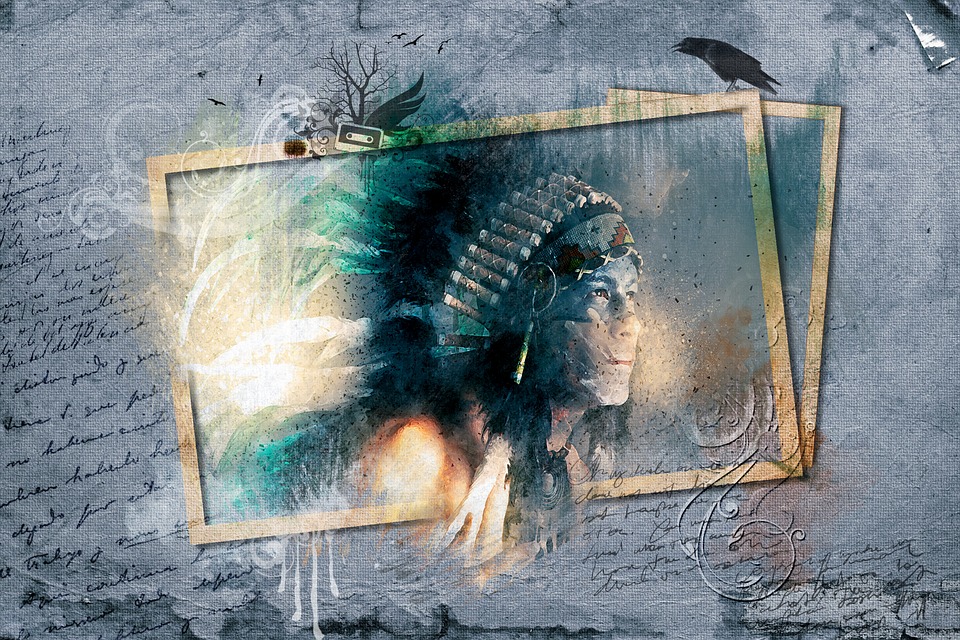Beheshta Dinawi | Contributor
Featured image courtesy of Pixabay
In contemporary Canadian society, we tend to forget the struggles of the Indigenous people and paint them all with one brushstroke. The Indigenous community consists of First Nations, Métis, Inuit and many more tribes that have their own culture and practices. But one thing they have in common is a history of colonialism on their own land.
In the past, the Canadian government has put the children of Natives into what they called ‘residential schools’ in order to assimilate them into Canadian culture. Their goal was to ‘civilize’ them based on their notion that Europeans were more progressive and advanced individuals. They had a paternalistic idea that it was their duty to civilize the Indigenous community.
“Europeans brought with them all of their cultural values and their policies since they arrived, and it has been aimed at eliminating the Indigenous culture that they found here, among other motives,” Tom Hooper, historian and course director of SOSC 1350 Gender and the Law, says.
Residential schools negatively impacted the Native children’s lives as they were not allowed to practice their own religion, culture, and language. This completely erased their identity and forced them to conform with Europeans ideals.
Residential schools also caused several damages to their well-being. Indigenous children were physically, mentally, and sexually abused by their own teachers and authoritative figures. They were incapable of running away since it could jeopardize their safety.
For instance, on January 2nd, 1937 four boys went missing from Fraser Lake Elementary Secondary School—Allen Patrick, Andrew Paul, Justa Maurice, and John Jack. However, the principal, Father McGrath, neglected to act upon discovering that the boys were missing, until the day after. McGrath concluded at the time that the boys went to visit their friends’ families, since they were denied to visit their own parents, and decided he would leave them there overnight. The next day, the boys’ dead bodies were found.
Considering how detrimental residential schools were, the Canadian government belatedly took initiative in virtue of the Indian residential school agreement. This was an agreement that involved both government and Indigenous people that went to the residential school.
So, they finally established the Truth and Reconciliation Commission (TRC).
The TRC was settled for Indigenous people who attended residential schools and survived with many detrimental experiences. It was an opportunity for Indigenous people to have their stories heard, and create legal cases for those who have assaulted them. The TRC also demanded reprimanding actions in regards to Indigenous people’s education, health, and culture.
“Truth and Reconciliation is about finding those gaps in the history, trying to go back and reclaim Indigenous history and Indigenous stories on turtle island,” Hooper explains.
However, a problematic factor that results from undermining the Indigenous people’s experiences is failing to hold their abusers accountable, proportionate to their crimes. Many individuals accused of being guilty of abuse were tracked, not so the victims could get justice, but to be a part of the Independent Assessment Process. Since there were no criminal charges pursued against the perpetrators, there were no good reasons to plead guilty.
Sihem Doulah, third-year political science student, says: “In my opinion, the TRC’s efforts and achievements have been really valuable, but unfortunately I think this Commission comes with its own limits. Even now, after few years, I find that we are not able to see crucial action taken by Canada, the Trudeau government, and the governments before that.”
In theory we believe that the Canadian government has done what they can to aid the Indigenous community. In practice, however, we see the opposite, considering the lost or murdered Indigenous women—most of which have not been investigated thoroughly, and many of these cases ended with little to no useful results.
“With all that the TRC has done, I feel like it is not fully enough to compensate the damages and we could still see in the modern society, Indigenous communities are still being marginalized and are suffering,” Doulah says.
This is a part of Canadian history that has been suppressed and continues to be overlooked within schools and government. In order to achieve full justice, we must acknowledge their experience, and not disguise the wrongdoings of those who caused oppression towards Natives and their families.
Fortunately, York has taken progressive steps in representing the Indigenous community well.
“I believe that York has been able to represent Indigenous people by diversifying their courses, to be open to more Indigenous people, and also professionals to be able to host presentations in the university,” Ahmed Yousif, third-year software engineering student, says.
“Also, the university has provided the All Nations Gathering on March 16th and that actually encourages all Indigenous people from all across the globe to come together and to be able to use their abilities to represent Indigenous people.”
The government, however, still needs to take more initiative in their reconciling efforts. The way Indigenous people are still facing many difficulties demonstrates an unfortunate injustice and discrimination from the Canadian government.
“I think that is why Truth and Reconciliation is so important because for so long the official policy here has been the elimination of Indigenous people and Indigenous culture. Now, we need to go back and fix that; the thing is, it is not easy to fix that much history and to fix the damage that has been done. It is going to take a long process,” Hooper says.


